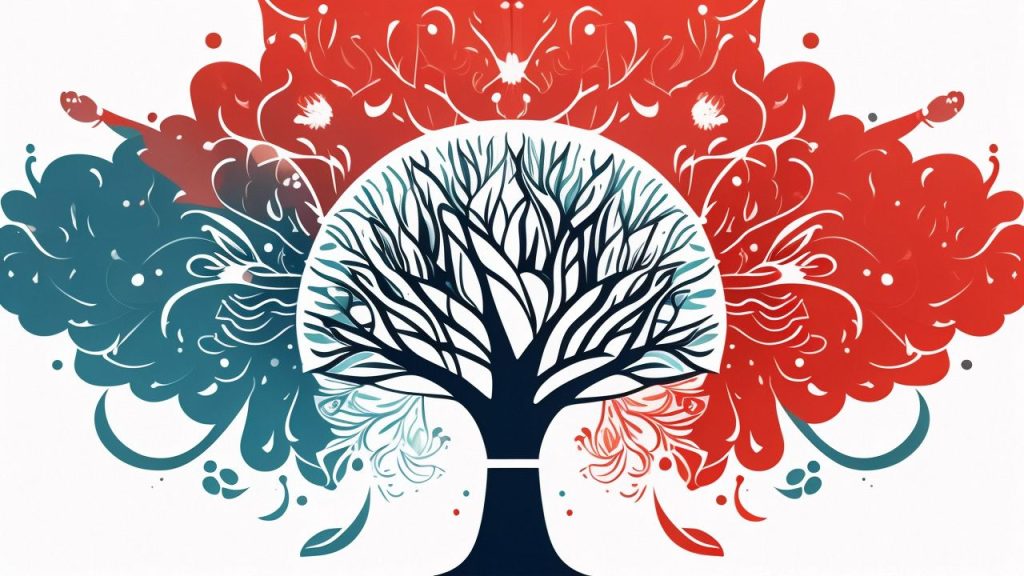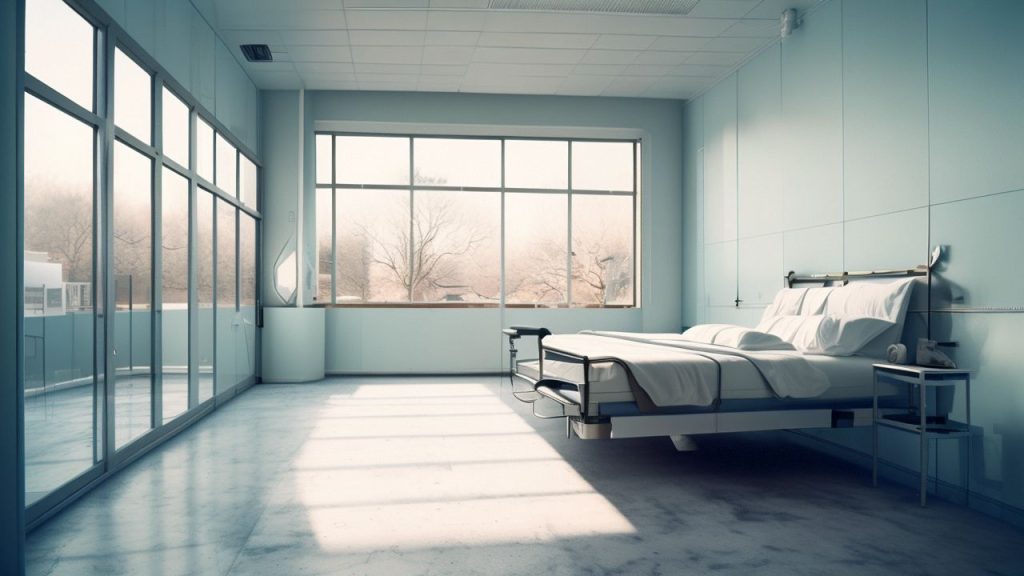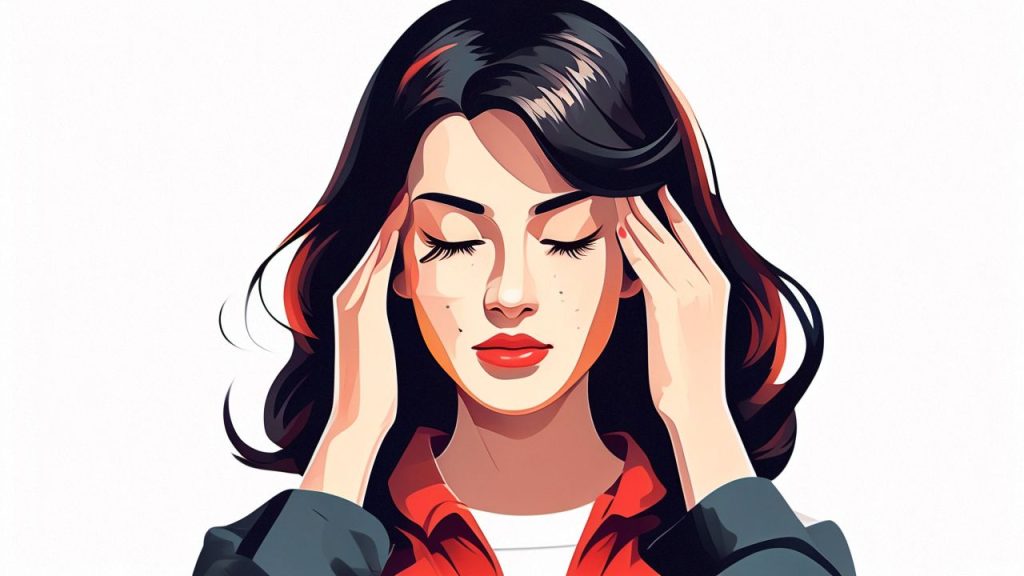How should stroke patients pay attention to mental conditioning in summer?
Summer is the hottest season of the year, a time of abundant biodiversity and beauty. It’s also a period of peak metabolism in the human body. Stroke is a chronic disease that requires a period of time to recover from once it occurs, as patients experience paralysis and other sequelae. Inevitably, patients may develop mental disorders such as irritability and depression. During summer’s scorching heat, stroke patients must pay attention to mental conditioning; otherwise, a disoriented mind can lead to weakened bodily functions.
To maintain mental conditioning in summer, patients should strive for a clear and relaxed state of mind, be joyful and enthusiastic, maintain a broad-minded attitude, and exhibit externalized emotions. Having a strong interest in external objects is an important aspect of mental conditioning for stroke patients.

What should stroke patients pay attention to in their daily care during summer?
In summer, with its warm and hot temperatures, stroke patients should go to bed later and get up earlier to adapt to nature. They should not dislike the objective fact of the long daylight hours and high temperatures, and they should persist in exercising their affected limbs and the whole body. This enables the body to accumulate sufficient energy to prepare for the harsh winter.
Since the temperature is particularly high in the summer and nighttime sleep is short, it is appropriate to increase afternoon naps to maintain energy. Due to the summer heat, stroke patients must pay attention to avoid exposure to direct sunlight. They should properly lower the room temperature, but not seek temporary relief from the heat at the expense of their health.
Avoid sleeping outdoors or in damp places, and do not sit on cold surfaces. When sleeping, do not let the fan directly blow on them. For rooms with air conditioning, attention should be paid to not create too great a temperature difference between indoors and outdoors. Do not spend too much time in the shade, on balconies, or in other cool areas.
In terms of clothing, due to the heat and sweat, patients should wear lighter clothes and wash and change them frequently. Wearing damp or sweaty clothes for a long time can irritate the skin and cause various diseases. Do not wear newly sun-dried clothes immediately, as this can easily cause heat spots. Particularly for patients who have had strokes and are initially in a lying-down position, they should pay attention to skin care to prevent bedsores.
How should stroke patients arrange their diet in summer?
In summer, people’s digestion is relatively weak, and the nutrition of food should focus on cooling and enhancing digestion. Therefore, the diet should choose light and refreshing foods that are easy to digest and avoid greasy and heavy meals. In summer, it is better to eat warm foods and avoid bitter and cold foods. This dietary principle not only applies to healthy people but also to patients with stroke sequelae. Avoiding bitter and cold foods can avoid damaging digestion and is beneficial to the recovery of limb motor function and language ability. The diet should be warm, and excessive hot food should not be consumed.
During the scorching summer, because of excessive sweating, patients may feel thirsty. Eating some cold foods can help the body dissipate heat, replenish water, salt, and vitamins, and play a role in cooling and relieving heat. Examples of such foods include watermelon, bean soup, and plum soup. However, avoid overindulging in cold drinks because excessive consumption can cause gastrointestinal diseases and is detrimental to the recovery of limb function.
Summer also requires attention to food hygiene to prevent the occurrence of intestinal infectious diseases. Summer temperatures are high, and microorganisms are active, making food prone to rot and ferment. Therefore, it is essential to guard against “infection through the mouth.” Do not drink raw water, and wash vegetables and fruits before eating them raw. Avoid eating rotten or spoiled food. Good food hygiene in summer is crucial. If proper care is not taken, not only will there be more diseases in summer but also corresponding diseases in autumn and winter.
How should stroke patients adjust their exercise routine in summer?
Summer exercise plays a vital role in the rehabilitation of stroke patients, and the summer exercise routine is also positive for the recovery of stroke sequelae. People who regularly exercise in summer have better heart function, pulmonary capacity, and digestive function than those who do not exercise consistently. Moreover, they have a lower incidence of cerebrovascular and other diseases.
Due to the hot weather in summer, the body’s consumption is relatively large. Stroke patients should pay attention to not overdo the exercise. Avoid exercising in the sun for too long to prevent heatstroke. It is better to exercise at dawn or dusk when the weather is cool, such as in courtyards, parks, riversides, etc. Appropriate exercises like Tai Chi,walking, slow running, etc., are beneficial.
Summer exercise requires necessary protective measures. When exercising in the sun, wear a white sun hat to avoid direct sunlight on the head. Light, loose-fitting, light-colored clothing is suitable for easy body heat dissipation. After exercising, when sweating more, drink some salted water appropriately but avoid drinking too much cold water. Do not use cold water to rinse your head or take a cold shower, as this is not conducive to the recovery of stroke sequelae and can easily cause a cold. Taking a hot shower can not only eliminate fatigue but also make you feel comfortable.
Moderate exercise volume is crucial; do not overwork yourself, as this can be counterproductive to your recovery.
How to prevent heatstroke in summer?
In the summer season, the hot weather and high temperatures can easily lead to heatstroke. Here is a brief introduction to the symptoms and prevention methods of heatstroke.
Heatstroke mostly occurs due to prolonged exposure to intense sunlight or high temperatures during work or daily activities. Initial symptoms include dizziness, chest oppression, palpitations, fatigue, cold sweat, thirst, and nausea, which are known as precursors of heatstroke. If timely measures are not taken, the condition will progress to include fever, vomiting, restlessness, profuse sweating or dry skin without sweat, sudden collapse, unconsciousness, muscle spasms, clenched teeth, and tightened jaws. This is a life-threatening condition also known as sunstroke or heat exhaustion.
To prevent heatstroke, it is essential to arrange work and life scientifically in summer, combining work and rest, avoiding excessive exposure to the sun, and paying attention to indoor cooling measures. Make sure your living environment is well-ventilated and cool. Ensure adequate sleep, pay attention to diet, and keep some summer drinks and cooling medications at home, such as watermelon, black plum soup, and mung bean soup. In summer, people may experience loss of appetite, fatigue, and lack of energy. Patients with stroke sequelae, the elderly, and infants require special attention to prevention and treatment. Eating light foods, avoiding greasy foods, and getting enough rest can help avoid or alleviate the condition.
Some chronic diseases that are prone to occur in winter, such as elderly chronic bronchitis, emphysema, pulmonary heart disease, bronchial asthma, chronic diarrhea, back pain, and limb pain, can be treated and improved through summer nourishment and therapy. Some cases can even be cured, preventing winter recurrences. Elderly chronic bronchitis is particularly suitable for this method of treatment, which we call “treating winter diseases in summer.”

